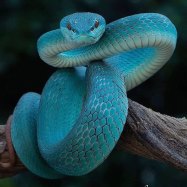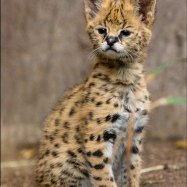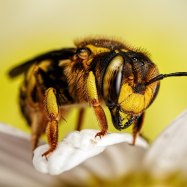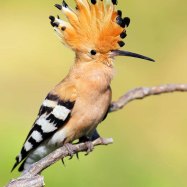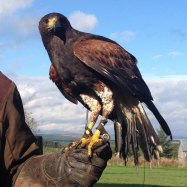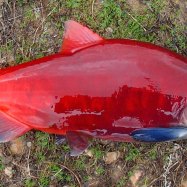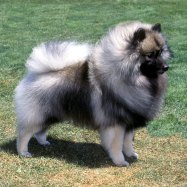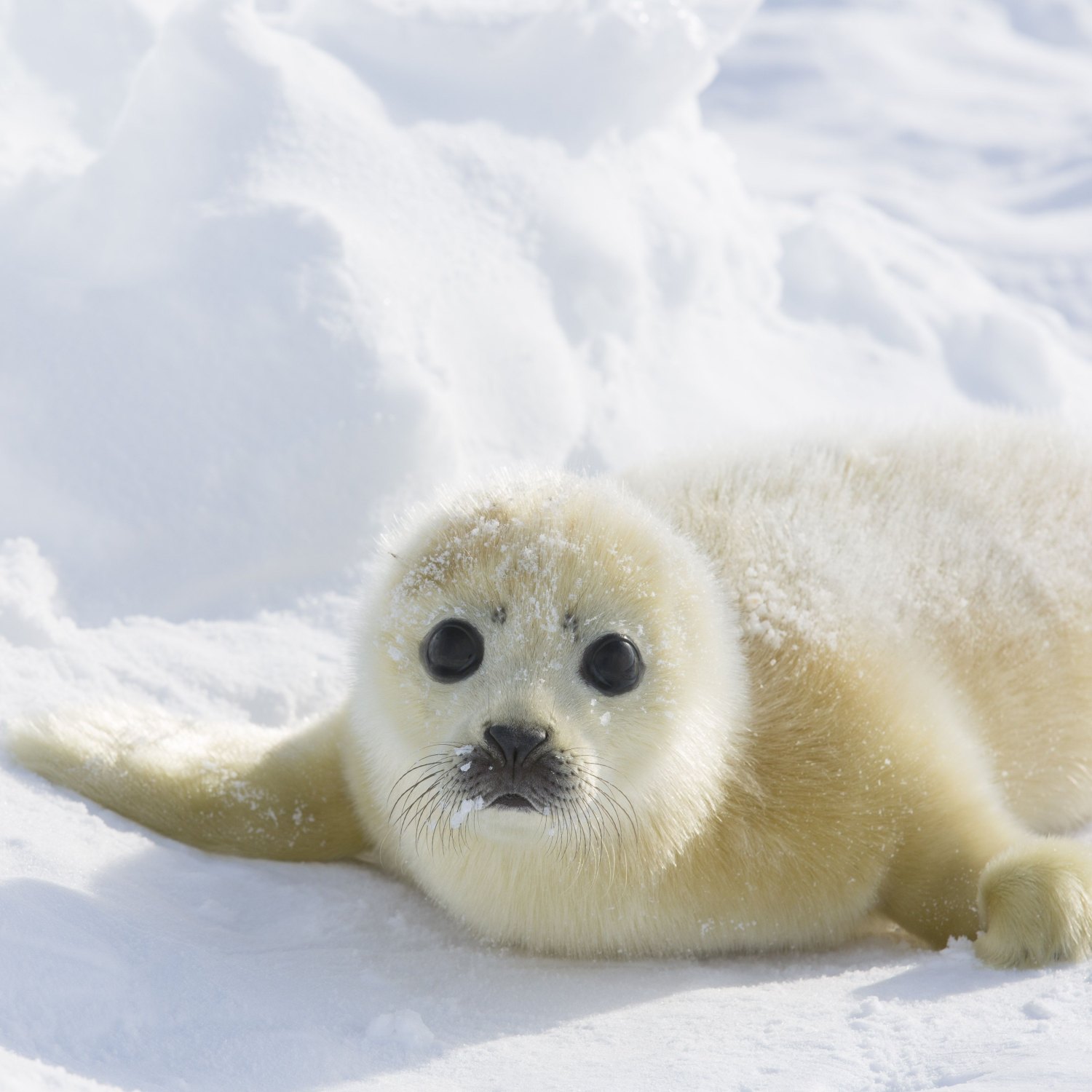
Harp Seal
5 to 6 feet (1.5 to 1.8 meters)
Harp seals may look cute and cuddly, but don't be fooled by their appearance! These marine mammals can reach lengths of 5 to 6 feet and are found in coastal areas and ice floes. Their streamlined body shape allows them to glide effortlessly through the water. Belonging to the Phocidae family, these seals play an important role in the ecosystem and it's important to protect their natural habitat. #HarpSeal #MarineMammals #WildlifeConservation
Animal Details Summary:
Common Name: Harp Seal
Kingdom: Animalia
Habitat: Marine
Harp Seal: The Graceful Swimmer of the Arctic
As you stroll along the icy shores of the Arctic coast, you may catch a glimpse of a stunning and graceful creature making its way through the water. This is the magnificent Harp Seal, also known as Pagophilus groenlandicus, a marine mammal that resides in the North Atlantic and Arctic Ocean. With its stunning white and silver-gray coloration and streamlined body shape, the Harp Seal is a fascinating and beautiful creature that has captured the hearts of many.Let's delve deeper into the world of the Harp Seal and discover the incredible features that make this animal truly unique Harp Seal.
## Kingdom: Animalia
The Harp Seal belongs to the Animalia kingdom, which includes all animals. This amazing creature is a member of the Phylum Chordata, which means it has a backbone, and the Class Mammalia, which includes all mammal species.
## Order: Carnivora
As its name suggests, the Harp Seal falls under the Order Carnivora, which means it is a carnivorous animal. This classification is not surprising, as the main diet of the Harp Seal consists of fish, such as cod, herring, and capelin, as well as crustaceans and mollusks.
## Family: Phocidae
The Harp Seal belongs to the Phocidae family, which includes all true seals. This family is known for their ability to swim gracefully in water, and the Harp Seal is no exception.
## Habitat: Marine
The Harp Seal is primarily a marine animal, spending most of its life in the ocean. However, during breeding season, female Harp Seals retreat to land to give birth and nurse their young.
## Geographical Distribution: North Atlantic and Arctic Ocean
The Harp Seal is found in the North Atlantic and Arctic Ocean, specifically in countries such as Canada and Greenland Hovasaurus. They are known to inhabit coastal areas and ice floes, where they can easily find their sources of food.
## Country of Origin: Canada, Greenland
Canada and Greenland are the main countries where Harp Seals can be found. These creatures are highly valued in these countries, as they are a significant part of the traditional Inuit culture.
## Animal Coloration: White with black spots as a pup, silver-gray as an adult
Perhaps one of the most striking features of the Harp Seal is its unique coloration. As pups, they have a fluffy white coat with black spots, which is not only adorable but also serves as camouflage in the snow and ice. As they mature, their coat gradually turns into a silver-gray color, which helps them blend in with their icy environment.
## Body Shape: Streamlined
The Harp Seal has a streamlined body shape, which helps them glide effortlessly through the water. This shape also makes them highly efficient swimmers, allowing them to catch their prey with ease.
## Length: 5 to 6 feet (1.5 to 1.8 meters)
On average, Harp Seals can reach a length of 5 to 6 feet, which is slightly longer than the height of an average human. However, some individuals can grow up to 7 feet, making them quite sizable creatures.
## Weight: 400 to 600 pounds (180 to 270 kilograms)
With their large size and carnivorous diet, it is not surprising that Harp Seals can also weigh quite a bit. On average, they can range from 400 to 600 pounds, with males being slightly larger than females.
## The Life of a Harp Seal
The life of a Harp Seal is an incredible journey, filled with challenges and adaptations to their Arctic environment. These creatures have developed unique features that allow them to thrive in their icy home.
At birth, a Harp Seal pup weighs around 11 kilograms and is entirely dependent on its mother for survival. The pup is nursed by its mother for around 12 days, during which it gains significant weight and develops a thick insulating layer of blubber to survive the cold temperatures.
Once the nursing period is over, the pup is left on its own, and it has to learn to swim and hunt for food. These skills are essential for their survival, as adult Harp Seals spend most of their time in the water, only returning to land for breeding season.
The diet of adult Harp Seals consists mainly of fish, crustaceans, and mollusks, which they can dive up to 500 feet to catch. The Harp Seal is an efficient hunter, using its sharp teeth to grab onto its prey. Interestingly, they can hold their breath for up to 15 minutes, making them skilled divers.
In terms of their social behavior, Harp Seals tend to be solitary creatures, only coming together during breeding season on the ice floes. During this season, males will compete for a female's attention, often vocalizing in loud calls and fighting with each other.
## The Importance of the Harp Seal
Harp Seals play a critical role in their ecosystem, contributing to the balance of the marine food chain. As predators, they help regulate the population of their prey, preventing overconsumption and maintaining healthy populations.
Moreover, Harp Seals are also key indicators of ocean health. Their presence or absence can reflect the state of the Arctic ecosystem, making them essential for the monitoring and conservation of this delicate environment.
Unfortunately, Harp Seals are also facing threats from human activities, such as climate change, hunting, and pollution. As sea ice decreases due to rising temperatures, Harp Seals are losing their valuable hunting and breeding grounds. Additionally, they are also hunted for their fur and blubber, which despite being illegal in some countries, still occurs in some areas.
Therefore, it is vital to protect and conserve the Harp Seal and its habitat to ensure its survival and the health of the Arctic ecosystem.
## In Conclusion
The Harp Seal is an incredible animal that has adapted perfectly to its Arctic environment. Its stunning coloration, streamlined body shape, and unique features make it a fascinating creature to observe and learn about. As we continue to explore and study our planet's diverse wildlife, it is crucial to protect and preserve the Harp Seal and other species for future generations to admire and appreciate.

Harp Seal
Animal Details Harp Seal - Scientific Name: Pagophilus groenlandicus
- Category: Animals H
- Scientific Name: Pagophilus groenlandicus
- Common Name: Harp Seal
- Kingdom: Animalia
- Phylum: Chordata
- Class: Mammalia
- Order: Carnivora
- Family: Phocidae
- Habitat: Marine
- Feeding Method: Carnivorous
- Geographical Distribution: North Atlantic and Arctic Ocean
- Country of Origin: Canada, Greenland
- Location: Coastal areas and ice floes
- Animal Coloration: White with black spots as a pup, silver-gray as an adult
- Body Shape: Streamlined
- Length: 5 to 6 feet (1.5 to 1.8 meters)
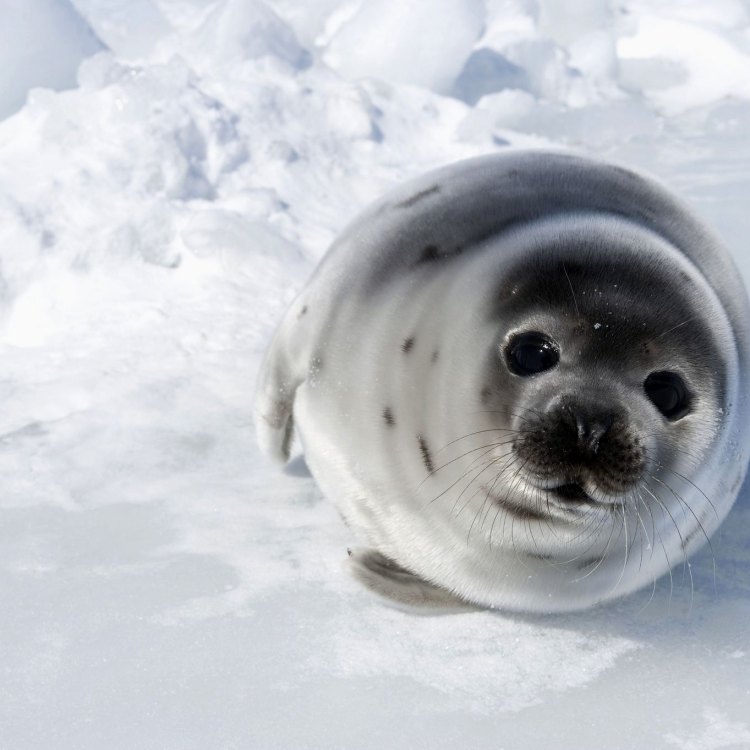
Harp Seal
- Adult Size: Around 320 pounds (145 kilograms)
- Average Lifespan: Around 30 years
- Reproduction: Sexual
- Reproductive Behavior: Polygynous
- Sound or Call: Vocalizes underwater with various sounds
- Migration Pattern: Migratory
- Social Groups: Colonial breeders
- Behavior: Social and gregarious
- Threats: Climate change, hunting, loss of habitat
- Conservation Status: Least Concern
- Impact on Ecosystem: Important prey species
- Human Use: Hunting for fur, oil, and meat
- Distinctive Features: White coat, black spots, and a harp-shaped pattern on the back
- Interesting Facts: Harp seals are born on floating ice, and the pups can swim and dive almost immediately after birth.
- Predator: Killer whales, polar bears
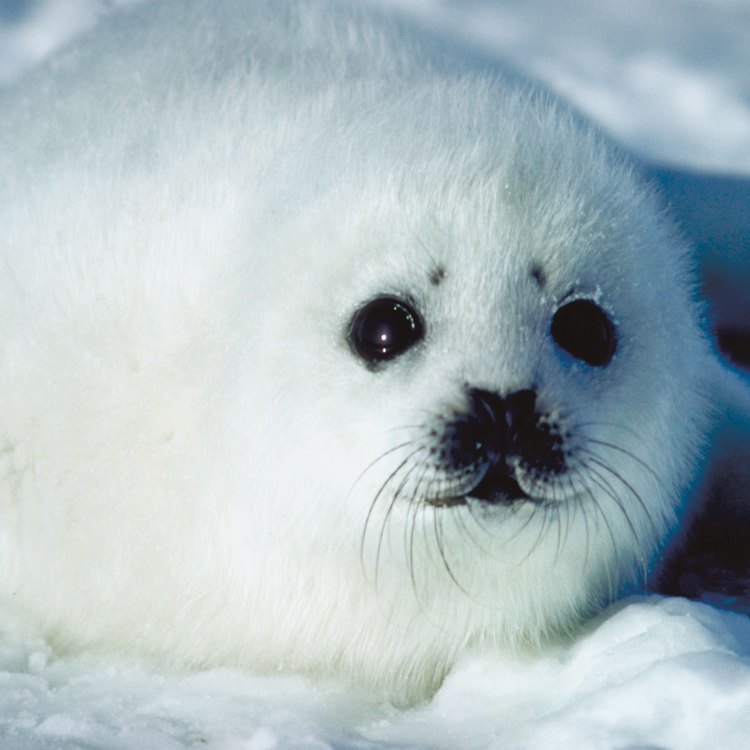
Pagophilus groenlandicus
The Fascinating World of the Harp Seal
Living in the frigid waters of the Arctic and North Atlantic, the Harp Seal is a sight to behold. These captivating marine mammals have been the subject of fascination for centuries, with their distinctive features and unique behaviors. In this article, we will take a closer look at the world of harp seals, from their reproductive behavior to their threats, conservation status, and impact on their ecosystem.Around 320 Pounds of Pure Elegance
The adult harp seals can grow to an average size of around 320 pounds (145 kilograms), with some individuals reaching even larger sizes PeaceOfAnimals.Com. They have a robust body with a tapered head and neck, allowing them to move swiftly through the water. Their hind flippers are fused and used as a paddle for swimming, while their front flippers are used for steering.
Average Lifespan of 30 Years
Harp seals have a relatively long lifespan compared to other marine mammals. The average lifespan for a harp seal is around 30 years, although some individuals have been recorded to live up to 40 years in the wild. This longevity can be attributed to their ability to adapt to the harsh Arctic environment and their social and gregarious behavior.
Reproductive Behavior: Polygynous and Vocal
Harp seals have a unique reproductive behavior. They are polygynous, meaning that one male mates with multiple females during the breeding season. The males establish territories on the ice, and the females choose their mates based on the quality of their territory. This results in some impressive territorial displays by the males, including vocalization and fighting with other males Havanese.
Speaking of vocalization, harp seals are quite vocal underwater. They use various sounds to communicate with one another, including barks, howls, and growls. These sounds can travel long distances in the water and are essential for communication and locating prey.
The Great Migration
One of the most impressive behaviors of harp seals is their migratory pattern. These seals are migratory, meaning they travel long distances in search of food and breeding grounds. In the summer, harp seals can be found in the Arctic, near Greenland and Canada. But as winter approaches, they move towards the southern parts of the Atlantic, where they give birth and mate in the pack ice.
Colonial Breeders and Social Groups
During the breeding season, harp seals become colonial breeders, forming large groups of thousands of animals on the pack ice. These colonial breeders allow for increased protection from predators, as well as providing more opportunities for mate selection. It is a remarkable sight to see so many harp seals in one place, all vying for the attention of the females.
Threats to the Harp Seal's Survival
Despite their resilience and adaptability, harp seals face numerous threats to their survival. Climate change is one of the biggest threats, as it has led to the reduction of sea ice, making it difficult for the seals to find breeding and resting grounds. Hunts for fur, oil, and meat have also taken a devastating toll on the harp seal population, with over 400,000 seals killed every year in Canada alone.
Habitat loss is another significant threat to the harp seals. As sea ice decreases, the seals lose their breeding and resting grounds, leading to overcrowding and increased competition for resources. This, in turn, can result in a decrease in reproductive success and overall population decline.
Conservation Status: Least Concern
Despite the many threats facing harp seals, they are currently listed as "least concern" on the IUCN Red List of Threatened Species. This is due to their large population size, estimated to be over 8 million, and their extensive range. However, this does not mean that their conservation efforts should be taken lightly. Continued monitoring and conservation measures are necessary to ensure the long-term survival of this beautiful species.
Impact on the Ecosystem
Harp seals play a crucial role in their ecosystem as an important prey species. They are a primary food source for many marine predators, such as killer whales and polar bears. The reduction of harp seal populations could have far-reaching consequences on the ecosystem, affecting the other species that depend on them for food.
Human Use: Hunting for Fur, Oil, and Meat
Harp seals have a long history of human use, particularly for their fur. The beautiful white coat of the harp seal, with its distinctive black spots and harp-shaped pattern on the back, has been highly prized for centuries. In addition to fur, harp seals are also hunted for their oil, which is used in traditional medicine and as a source of fuel in some communities. The meat of the harp seal is also consumed, although it is not as common as other uses.
Fun and Interesting Facts about Harp Seals
Harp seals are filled with surprises, and here are some fun and interesting facts about them:
- Harp seals are born on floating ice and can swim and dive almost immediately after birth.
- The pups are born with a fluffy white coat that protects them from the harsh Arctic weather.
- Harp seals have a special adaptation that allows them to close their nostrils and ears when diving underwater.
- Harp seals are excellent divers, and they can descend to depths of up to 800 feet (250 meters).
- They have a unique way of shedding their fur, where they rub against the ice and scrape off the old fur, revealing a new coat underneath.
Predators: Killer Whales and Polar Bears
Like all animals, harp seals have natural predators in their ecosystem. Two of the main predators are killer whales and polar bears. Killer whales, also known as orcas, are skilled hunters and often target young or sick seals. Polar bears, on the other hand, prey on harp seals during their breeding season when they are most vulnerable.
Conclusion
In conclusion, the harp seal is a captivating and unique species that plays a vital role in the Arctic and North Atlantic ecosystem. From their polygynous reproductive behavior to their impressive migration patterns, harp seals continue to fascinate scientists and wildlife enthusiasts alike. However, their survival is threatened by human activities, climate change, and habitat loss. It is our responsibility to ensure their conservation and protect these beautiful creatures for future generations to admire and appreciate.
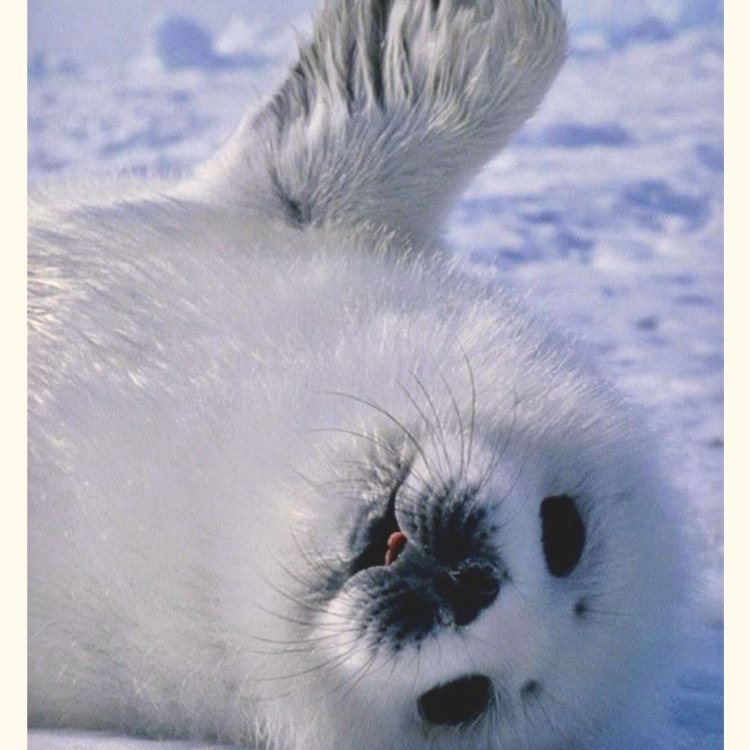
Harp Seal: The Graceful Swimmer of the Arctic
Disclaimer: The content provided is for informational purposes only. We cannot guarantee the accuracy of the information on this page 100%. All information provided here may change without prior notice.


